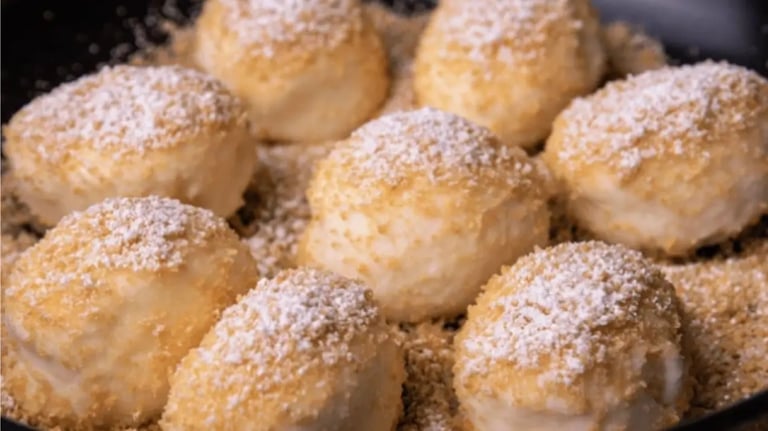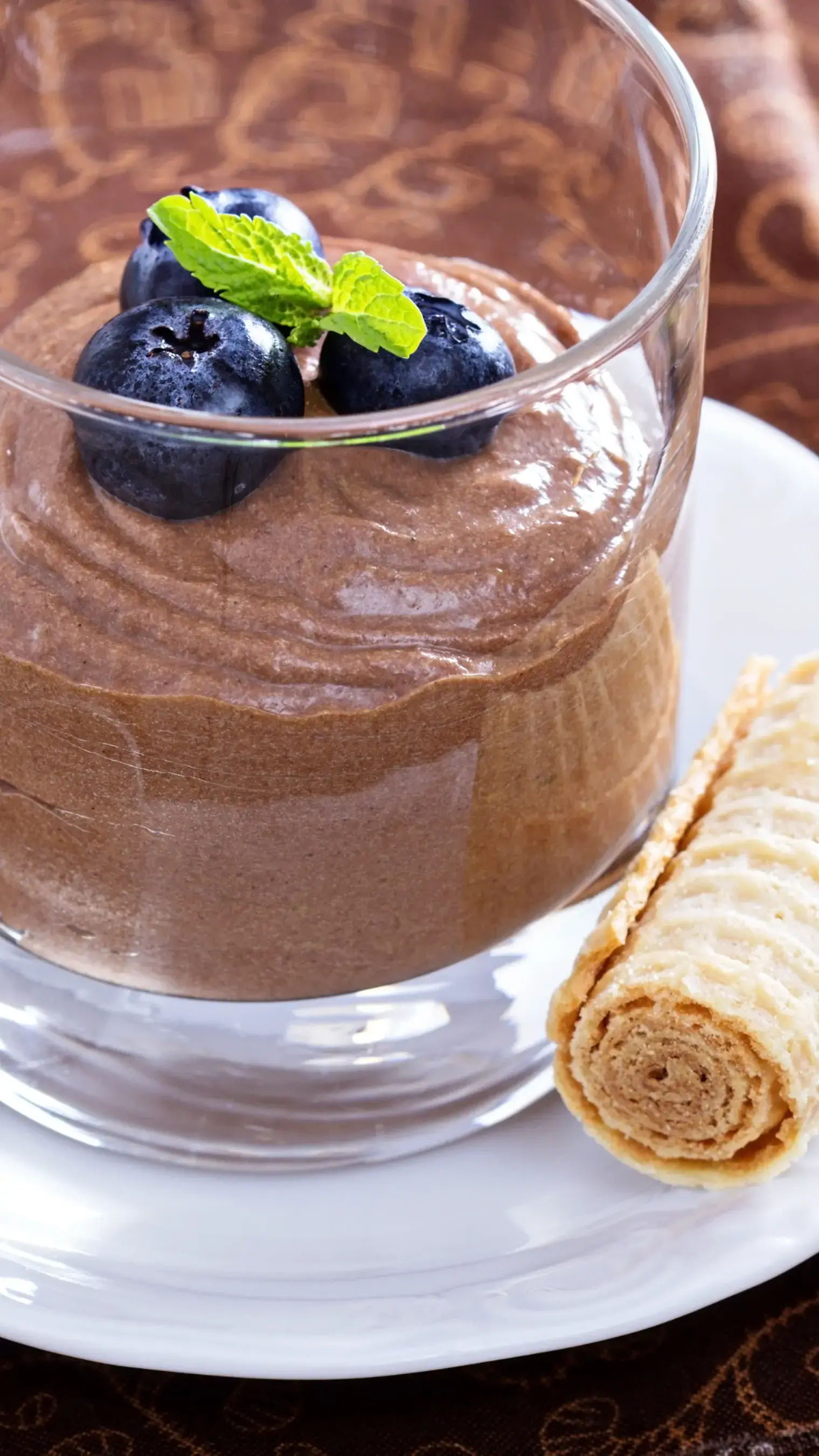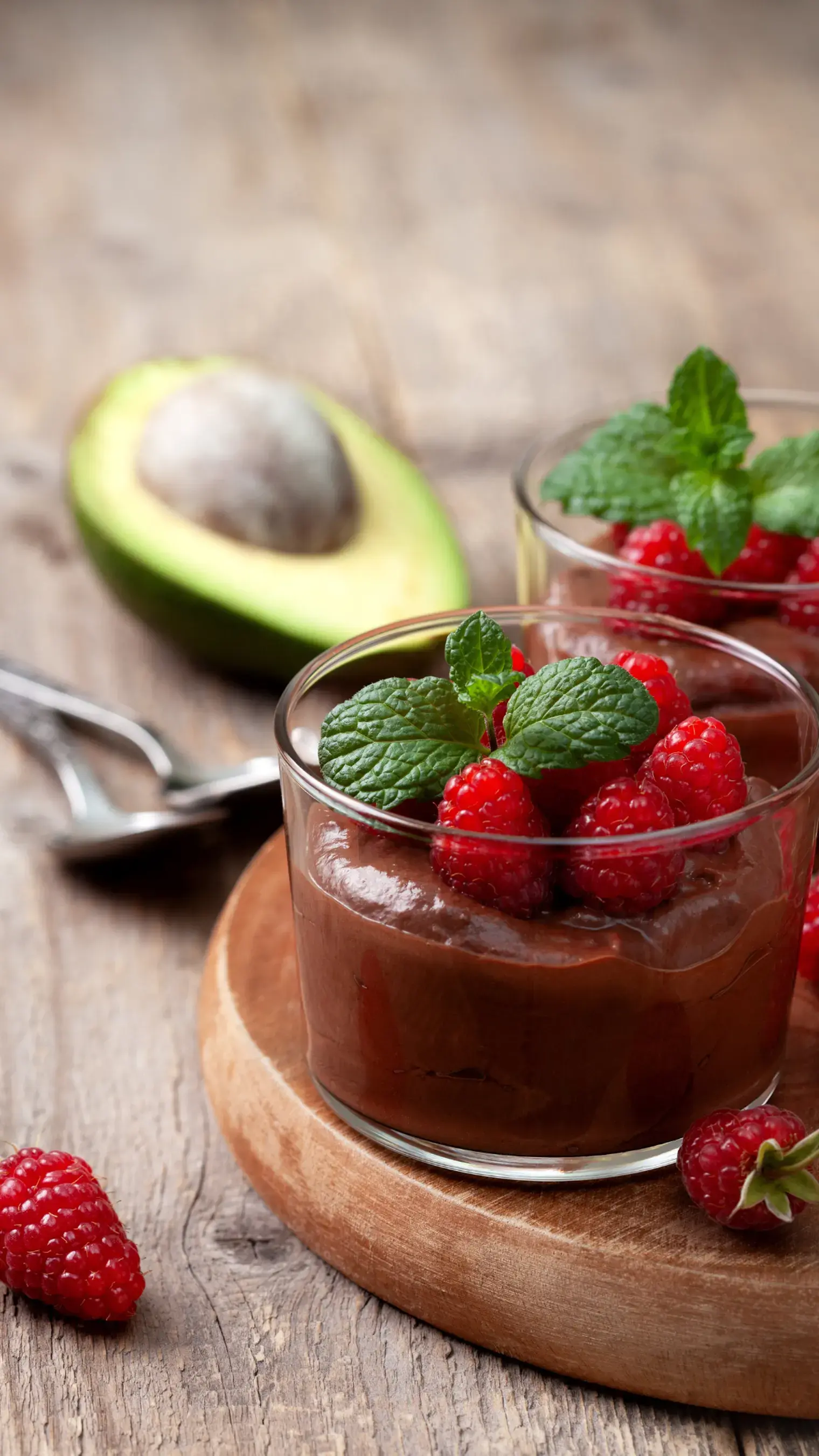- Home
- Articles
- Classic Curd Cheese Desserts Straight From The Slavic Regions That You Need To Sample Right Now
Curd cheese is rarely used in desserts, but you can try it out to and substitute the cream cheese in your delicious oreo cheesecake recipe or your favourite instant dessert recipe for tarts.

Depending on the part of the world you are in, curd cheese goes by different names and varies in the way it is made. Quark, Akkawi and to some extent even hung curd share the same acidic properties that are a hallmark of curd cheese. Curd cheese is a rarity in desserts and is mostly used in Slavic countries to make delicious cheesecake and fillings in pies, tarts and cakes.
1. Sernik
A cheesecake that originates from Poland, Sernik is deeply rooted in old Christian and Jewish traditions. It is made with eggs, sugar, and a type of curd cheese called “twaróg”, that has been used in desserts for hundreds of years in the region. It is believed that the Sernik cheesecake originated in the 17th century when King Jan III Sobieski brought the recipe with him after his victory against the Ottoman Turks at the Battle of Vienna. Today, there are many different varieties of sernik ranging from baked to unbaked varieties but whatever may be the kind, it is usually made on a layer of crumbly cake as the base. Raisins, chocolate sauce, or various fruits are often added as additional toppings or fillings. One of the most popular varieties of Sernik has a sponge cake as its base, which is then covered with jelly and fresh fruit on top.
2. Rákóczi túrós

Straight from Hungary, Rákóczi túrós is a local curd cheesecake that has a crust which is a shortcrust pastry. The crust cradles a layer of curd cheese, which sometimes rests over a layer of apricot jam, that is sweetened and then topped with meringue. Such a complicated-sounding name is courtesy of János Rákóczi, the Hungarian master patissier who invented the delicious cheesecake. He made it specifically for the Brussels World Expo in 1958.
3. Kohupiimakorbid
Kohupiimakorbid is an Estonian dessert that is basically, curd cheese pastries which consist of a cream made from curd cheese, combined with vanilla, sugar, and whipped cream. It is always served cold, and it is recommended to top it with raisins or fresh berries. This dessert is often made at home, but it is also sold commercially in small plastic containers.
4. Topfennockerl

These are a traditional type of curd cheese dumplings found in the cuisines of Hungary and Austria, which are of Bohemian origin. They are made by combining fresh cottage cheese, known as túró in Hungary, with semolina and eggs. After being shaped, the dumplings are cooked and then coated in fried breadcrumbs. The breadcrumbs can be seasoned with spices like cinnamon and vanilla. It's important to use only a small amount of semolina so that the dumplings remain light and airy in texture. Túrógombóc is typically served with accompaniments like sweetened sour cream, sweet sauces, and fresh fruits. In Austria, it is known as topfenknödel and is stuffed with fruits like strawberries and enjoyed as a dessert.
5. Zapekanka

Zapekanka is a type of baked cheesecake that originated in Ukrainian cuisine and it is a relatively simple dessert to prepare, but rich in flavors. The key ingredient in a traditional zapekanka is a homemade curd cheese called tvorog. This fresh, creamy cheese is similar in texture to a dry ricotta. The tvorog forms the base of the cheesecake filling. In the original Ukrainian versions, dried fruits would often be folded into the tvorog (quark, a kind of curd cheese) mixture to add pops of sweetness. Common mix-ins include raisins, apricots, or prunes. Some recipes also incorporate vanilla extract and citrus zest to complement the dairy. The tvorog-based filling is then baked, resulting in a dense yet delicate cheesecake-like consistency and is served on its own or topped with additional fresh fruits, compotes, or sour cream.
6. Käsekuchen

Käsekuchen is a traditional German-style cheesecake which consists of a thin layer of shortcrust pastry that is topped with a creamy filling made from quark cheese, eggs, and occasionally various fruits. While Käsekuchen may be compared to the classic American-style cheesecake, the use of lightly acidic quark cheese (similar to curd cheese) gives this German dessert a distinct flavor profile. Käsekuchen is typically served dusted with powdered sugar and is commonly enjoyed alongside coffee or tea.
7. Míša řezy
Míša řezy is a traditional Czech dessert that features quark cheese, known locally as tvaroh, as the central ingredient. This cake is composed of three distinctive layers –- a base of chocolate sponge cake, a middle filling made from creamy quark cheese blended with sugar and butter, and a glossy chocolate icing topping the entire creation. The name translates to “Mickey squares,” which draws inspiration from the popular Czech Míša ice cream, which also uses the slightly acidic quark cheese coated in dark chocolate. When served, the Míša řezy cake is sliced into square pieces.
Like This Article?
More Like This



Popular Articles




Trending Web Stories
Curated Recipes




















